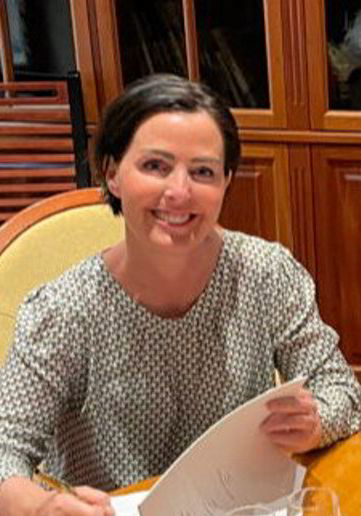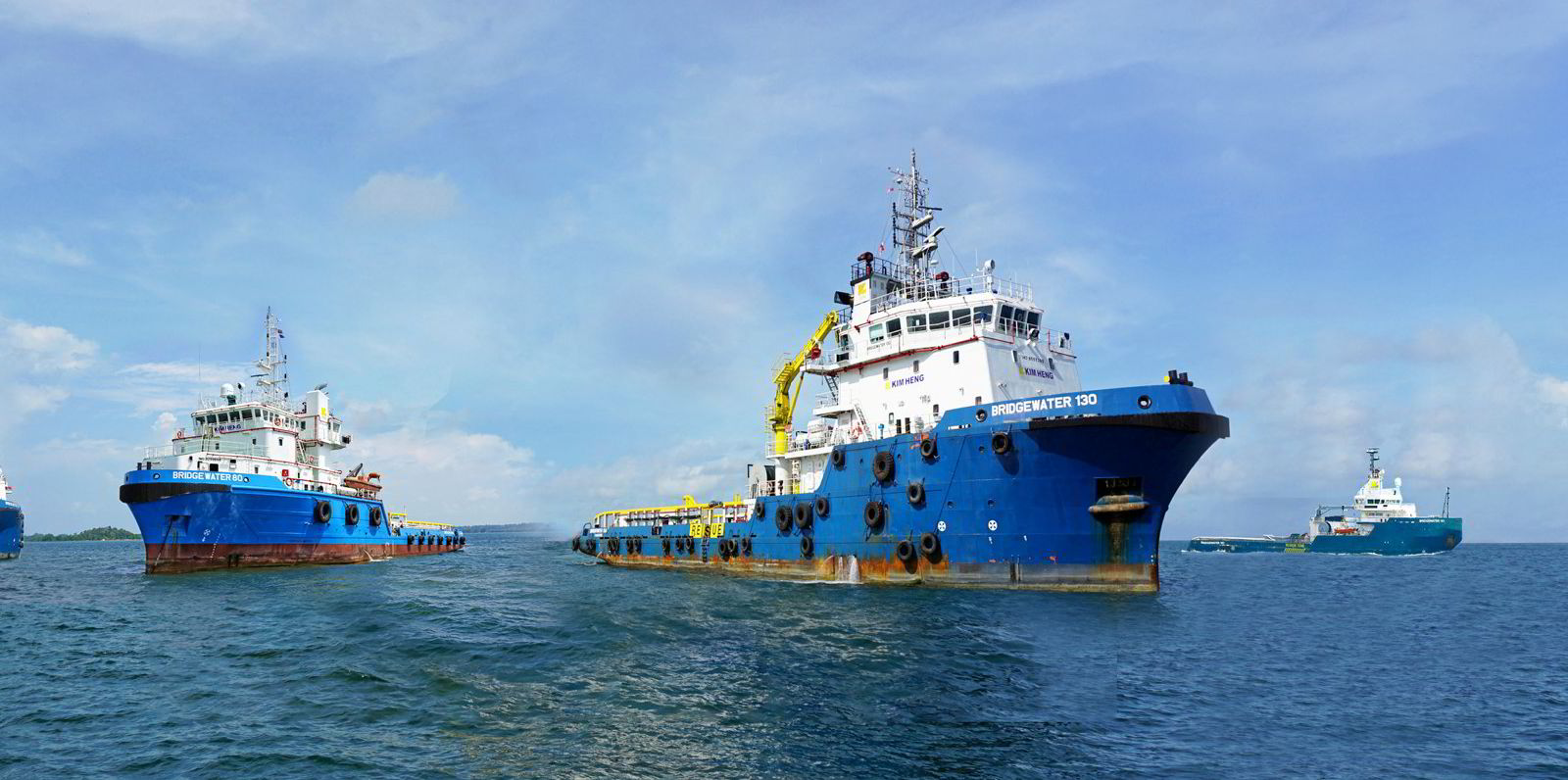Owners of North Sea anchor-handling tug supply (AHTS) vessels have been able to capitalise on sustained tight ship supply to boost spot rates.
Norwegian broker Seabrokers said vessels have been scarce after the tonnage pool shrank during the downturn due to stacking, sales and scrapping.

"It has long been recognised that the limited number of vessels trading the spot market has left charterers exposed to rapidly rising rates but that scenario was very evident in September," said the broker.
Offshore vessel owners have found it hard to justify reactivating laid-up ships, leaving a small working fleet.
This is because the North Sea market is extremely spot-orientated with few term contract opportunities available, meaning bringing back a ship is risky unless there are prolonged high rates, Seabrokers explained.
Norway's Westshore Shipbrokers lists 13 spot AHTS units working in the country and 14 in the UK, with 27 vessels still laid up.
September started slowly, but activity levels and rates skyrocketed as the month progressed, Seabrokers said.
Several charterers were exposed to rates above £50,000 ($67,375) per day in the UK, or NOK 500,000 ($57,310) in Norway.
"In fact, spot rates in the UK sector reached six figures for the first time since 2016," the broker added.
"There is, of course, that age-old adage that what goes up must come down, and rates have already started to retreat from their recent highs. However, charterers will be more aware than ever of their exposure to rate spikes now."
AHTS rates had dropped to NOK 300,000 per day by early October. But utilisation is up at 97%.
Another sign of a growing recovery in the sector is the latest round of exploration licences awarded by the Norwegian government.
Strong interest from oil companies
The petroleum and energy ministry reported a strong response to its latest licensing round for blocks on the Norwegian continental shelf.
A total of 31 different companies applied.
The areas offered already have been heavily explored, covering the North Sea, Norwegian Sea and Barents Sea.
Oil companies putting their hats in the ring included Aker BP, Chrysaor, Equinor, TotalEnergies and Shell.
Awards will be made early in 2022.
Seabrokers also noted in its monthly report that charterers are becoming more conscious of the offshore fleet's carbon footprint.
This is prompting a growing list of vessel owners to upgrade ships, some supported by long-term contracts, via the installation of hybrid battery power.
Norway's Siem Offshore has just completed the installation of such a system on the 5,500-dwt platform supply vessel Siem Symphony (built 2014). The upgrades took place at Westcon Yards, with the ship now back on hire with Lundin Energy.
Aker BP has been working with Eidesvik Offshore, Simon Mokster Shipping and Solstad Offshore to fit batteries on three PSVs.
The charterer wants to cut emissions from existing vessels by 70%.
Eidesvik and Aker BP are continuing to examine additional measures that will help meet this target.
This is part of a project called Retrofit, in which the two companies are collaborating.





